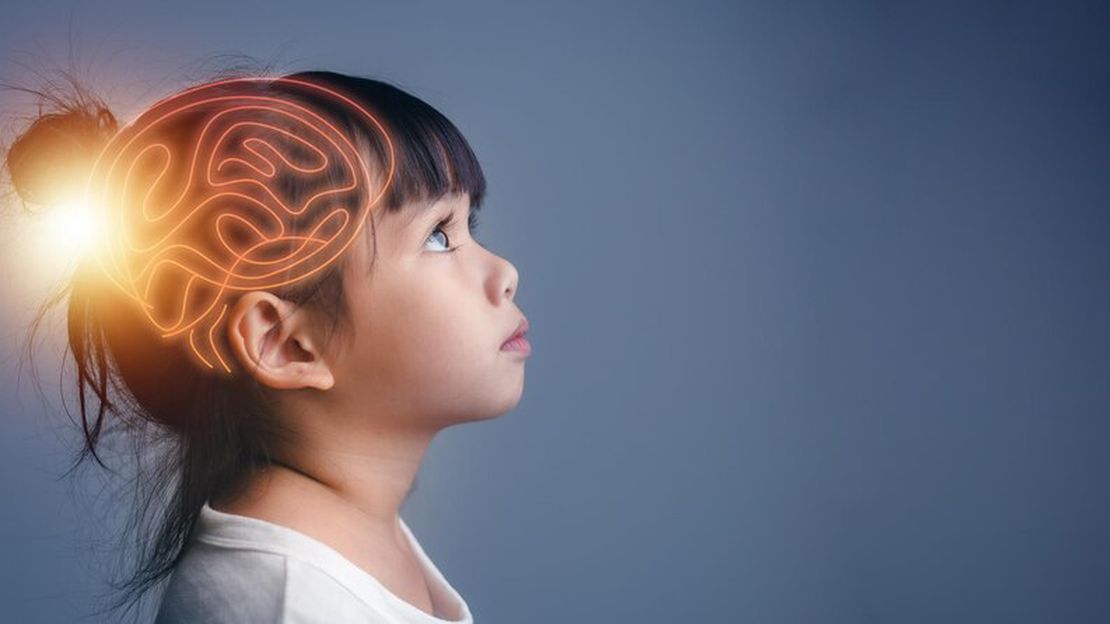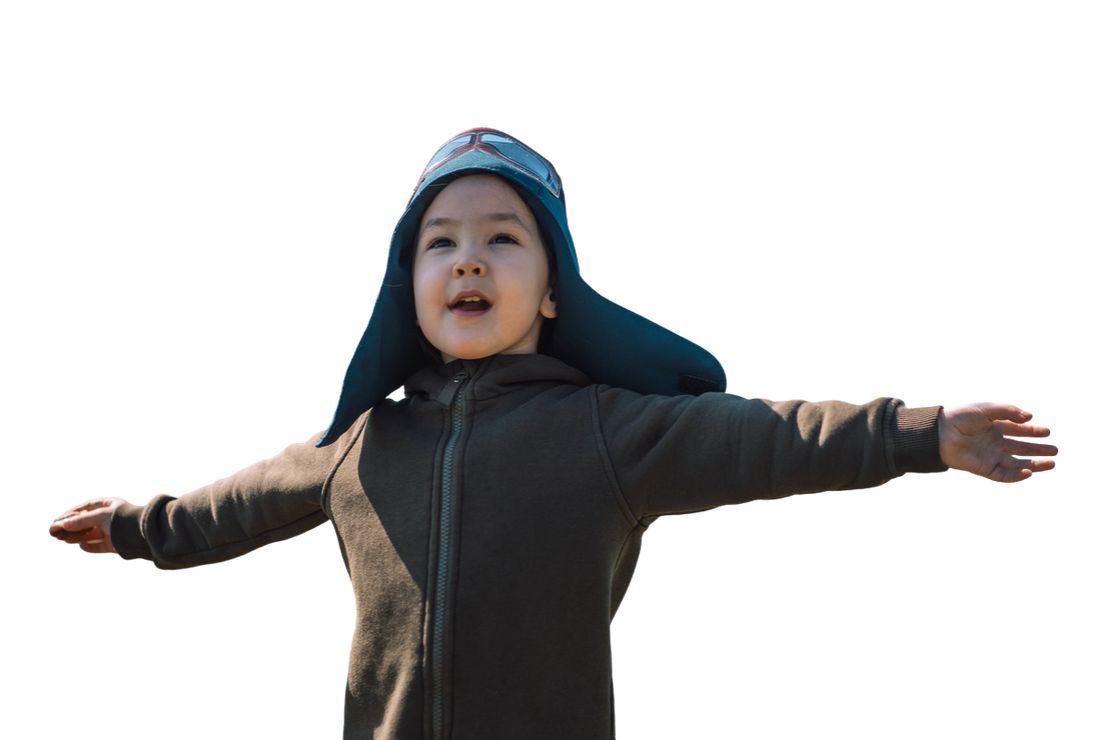General Information About Epileptic Seizures
Knowing how to behave during a seizure is a major concern for parents of children with epilepsy. Although seizures may seem frightening and life-threatening to those who witness them, they are almost always self-limiting and do not cause serious problems. As long as the seizure does not last too long, it is not expected to harm the brain or the child. A calm approach and basic first aid can prevent potential complications.
Types and Symptoms of Seizures
Seizures can occur in many different ways:
- Immersion-distraction
- Repetitive involuntary contraction of an arm or foot
- Recurrent pulling on the face
- Fast opening and closing of the eyelids
- Sudden fall to the ground
- Spasms and tremors in all arms and legs
However, it should be kept in mind that all these movements and events may also have nonseizure (tic, psychogenic, cardiac, sterotypic) causes. This differential diagnosis should be made by the physician.
First Aid in Tonic-Clonic Seizures
What to do during a shift
In the most common generalized tonic clonic seizure:
- The child loses consciousness, becomes rigid (tonic part)
- If standing, falls, collapses and trembles and shakes (clonic part)
- Eyes open and fixed or tilted up and to one side
During convulsive seizures, the child appears to be in pain but is not conscious during the seizure. However, after a seizure, they may suffer from biting their tongue, muscle aches, headaches or injuries from falls.
First Aid Steps
- Help the child lie down and place something soft under the head and neck
- Keep the child (especially the head) away from hard and sharp places such as table edges
- If possible, record the duration of convulsive movements and take video footage
- Roll the child over onto one side with the head on its side
- Position the mouth parallel to the floor
- Loosen all tight clothing
- Remove any glasses or necklaces
Don’ts
- Do not hold the child upside down
- Do not put anything in the child’s mouth
- Do not try to remove the lens during a seizure
- Do not try to restrict the child when the seizure is over
After-Shift Care
Things to Consider After a Seizure
- Do not give medicine, food or drink until the child is fully conscious
- Stay with him until he is fully conscious and familiar with the environment
- Use a calm voice
- Keep the child in a safe, calm environment
- Ask complex questions for consciousness control
Criteria for Calling an Ambulance
Call an ambulance if any of the following happen:
- If it is the child’s first tonic-clonic seizure
- If the duration of the seizure exceeds 5 minutes
- If more than one seizure occurs
- If a significant injury has occurred
- Has breathing problems after the seizure is over
Drug Use and Medical Intervention
Rectal Diazepam and Midazolam Use
In some cases, the doctor may recommend specific interventions such as rectal diazepam. Drugs such as rectal Diazepam or Midazolam given through the buccal area between the gum and tongue can be administered by the child’s relatives to stop a prolonged seizure before going to hospital.
### Considerations in the Use of Medicines
- Doses of medicines should be carefully regulated by the doctor
- After administering the drugs, the patient’s breathing should be controlled for 10 minutes
- In suspicious cases, respiratory effort can be restarted by giving painful stimuli
Possible Complications After Seizure
Seizures can result in bruising, cuts, strains, or biting the tongue, but rarely in bone fractures and dislocations (usually in the shoulder) or more serious problems.
Pain Management
After a seizure, the child may complain of a headache, pain around the mouth from the tongue or jaw, or lower back pain from muscle contraction when falling. Acetominophen (calpol) or ibuprofen (pedifen) can help with minor/simple pain.
Important Notes
- The pre-seizure state, the factors thought to trigger the seizure, the seizure moment and the patient’s feelings and complaints after the seizure should be carefully noted
- Video footage can often be very useful for identification
- Give the nearest dose of the seizure medication he/she is taking as soon as possible, regardless of whether he/she is full or hungry
- Inform the attending physician about your condition





